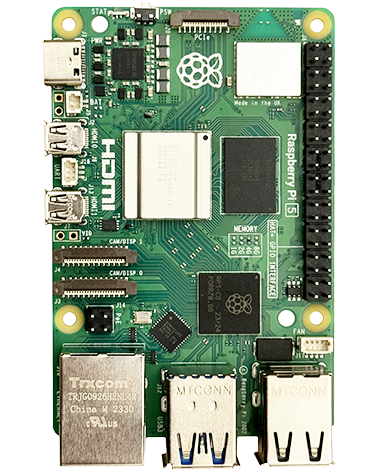Enabling The SPI Port
The SPI port needs to be enabled in Raspberry Pi OS before it can be used. See here.
Test the SPI Port
Test the SPI port is working on the command line by typing:
ls /dev/spidev*You should see the following:
/dev/spidev0.0 /dev/spidev0.1There are 2 spidev devices shown (or more on newer Pi’s). The first number refers to the SPI peripheral which in both cases is 0 (the RPi only has 1 SPI port), the second number represents the chip select pins CS0 and CS1 .
Install spi library
May well already be present with Raspberry Pi OS, but if you need to:
sudo apt-get update
sudo apt-get upgrade
sudo apt install python3-spidevSPI access
#!/usr/bin/python
import spidev
bus = 0 #Select SPI bus 0
device_cs = 1 #CS pin. Select 0 or 1, depending on the connection to the RPi
spi = spidev.SpiDev() # Enable SPI
spi.open(bus, device_cs) #Open connection to the device
spi.max_speed_hz = 500000
spi.mode = 0
#Send a byte
data_tx = [0x76]
spi.xfer2(data_tx)
#Send and receive a byte
data_tx = [0x00]
data_rx = spi.xfer2(data_tx)
#Send and receive bytes
data_tx = [0x24, 0x33, 0x18]
data_rx = spi.xfer2(data_tx)
if (data_rx[0] == 0x11):
pass
USEFUL?
We benefit hugely from resources on the web so we decided we should try and give back some of our knowledge and resources to the community by opening up many of our company’s internal notes and libraries through resources like this. We hope you find it helpful.
Please feel free to comment if you can add help to this page or point out issues and solutions you have found, but please note that we do not provide support here. If you need help with a problem please use one of the many online forums.

